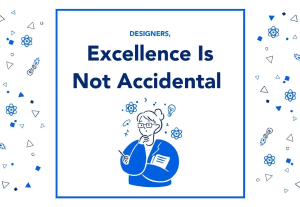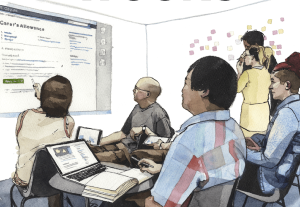- Project Management, Strategy, Technology for the Common Good, UX Magazine
Start using service design for organisational change.
Article by Jessica Sherratt
Stop Doing Digital Transformation
- According to the author, there are many ways digital transformation can go wrong – ignoring the human layer, money and time disbalance, and using digitisation only.
- The author believes that organizations should prioritize a more human-centered and experimental approach to change-making if they are to transition successfully.
- The article covers the main concepts of successful digital transformation:
- service design;
- human-centered solutions;
- lean approach.
Share:Stop Doing Digital Transformation
Share this link
- January 18, 2023
6 min read







